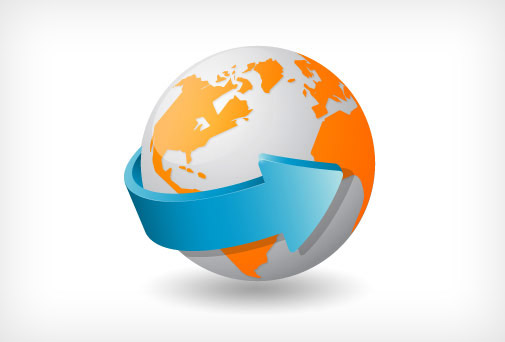 Blog Action Day is an annual event held every October 15 that unites the world’s bloggers in posting about the same issue on the same day with the aim of sparking a global discussion and driving collective action. This year’s topic is water & at this moment, over 4,700 bloggers in 134 different countries have participated. Reasons & stats on why water was chosen
Blog Action Day is an annual event held every October 15 that unites the world’s bloggers in posting about the same issue on the same day with the aim of sparking a global discussion and driving collective action. This year’s topic is water & at this moment, over 4,700 bloggers in 134 different countries have participated. Reasons & stats on why water was chosen
.
While many are talking about all sorts of different stats, figures, and other items – let’s be honest, unless you have been there, it does not really mean that much or fully compute for us. Sure, some of us have gone through water restriction periods; but we could still turn on our tap to get water. While we are liable to never have to worry about the same conditions seen in other countries, we are still faced with issues involving not only our water usage but also the treatment of it. With that said though, how about focusing on items we can control, in our own houses…
From our Money Saving Tricks & Tips Article:
Drips & Leaks: You can easily have 100’s of gallons or more of water going down the drain a month by not fixing leaking plumbing fixtures or lines. If the water is leaking elsewhere, for instance around a toilet, under the house, etc… you may end up with major rot &/or mold issues that need to be dealt with which can easily run into the thousands, if not tens of thousands of dollars.
Toilets: If your toilet is an older model that uses 5 gallons of water to flush, you should consider getting it replaced. The newer ones use only 1.6 gallons of water & some of them now use less than that. If a new toilet is not an option at this time, you can place a 2-liter bottle or gallon container in the tank to offset the amount of water used.
From our 25 Conservation Tips Article:
- Do we really need to say this — Take shorter showers, you can easily get cleaned with a 5 minute shower, while most individuals spend 10 to 15 minutes
- Another, do we really need to say this — Turn the water off when you are not actually rinsing something; washing teeth, shaving, rinsing off dishes, etc…
- Showers vs. Baths – a 10 minute shower wins over a bath, especially if you have a WaterSense or low flow shower head installed
- Toilets
- If you have a dual flush system, use the proper flush
- Do not throw tissues, or other items in the toilet & flush them, use a trash can
- Dishes
- A full dishwasher load will save you water over hand washing
- While they have created smart dishwashers that can base water usage on if it is full or not, you are better off waiting for a full load as it still uses at least 75% of the water used for a full load
From our Going Green Series:
Kitchens: Look for the EPA’s WaterSense label: The EPA has started a program called WaterSense, which is very similar to the EnergyStar program. While the program currently focuses mostly on bathrooms and exterior watering, in the near future I can envision kitchen faucets & possibly dishwashers being designed and added to the list. One water saving feature would be to install an aerator on the kitchen faucet.
Bathrooms:
- Install low-flow faucets and showerheads (.5 to 1.5 GPM as compared to 2.5+ GPM) and aerators to help reduce the amount of water used. The technology has come a long way in the last few years so that in most cases you cannot tell the difference until you get your water bill.
- Install newer low-flow or dual-flush toilets. These toilets can function properly while using as little as half the water used by regular toilets used today. Dual-flush toilets offer the choice for a lighter flush or a more thorough flush as needed.
Just by following some of these examples, you can possibly cut your usage by half if not more. According to the statisticians, most American’s use a 100 gallons plus a day per person – in our household it averages out to 35 gallons a day. While this might not be as sexy as insulation, or saving energy, it doesn’t make sense to waste or spend money unnecessarily – Does it?
